Exhibition dates: 24th May – 14th September 2014

Max Dupain (Australian, 1911-1992)
Embassy of Australia, Paris, France
1978
Silver gelatin print
A good friend of mine, who should know what she is talking about, observed that you cannot look at Dupain’s photographs of Paris without first looking at his commissioned photographs of the then new Embassy of Australia. Unfortunately, I could only find one photograph online to show to you, Embassy of Australia, Paris, France (1978, below), but you get the idea. Dupain’s The Paris ‘private’ series were taken during a couple of days off that he had from the commissioned job. Basically they are tourist photographs, a record of things Dupain wanted to see in Paris on one of his few overseas trips. Most of them are disappointing images, serviceable but disappointing.
Having studied Eugène Atget I expected more from Dupain. In these photographs he tends to shoot obliquely into the object of his attention, directing the lead in and vanishing point(s) within the image. For example, in Untitled (the balustrade of Pont Alexandre III) and Untitled (Pont Alexandre III with sculptural balustrade) (both 1978, below), Dupain allows the bridge parapet to lead the eye into the image, while the vanishing point is positioned at far right. Neither are very successful as formal compositions. The same can be said of Untitled (statue of Maréchal Joffre, Place Joffre, Champ-de-Mars) (1978, below) with the vanishing point this time at the left of the image. More successul is Dupains’s Untitled (staircase to the park, looking toward Bassin des Serruriers, Domaine de Chantilly) (1978, below) with its foreshortened out of focus entrance, geometric planes and multiple exit points – but then he goes and spoils it with the simplistic Untitled (staircase and statue of Anne de Montmorency 1886 by Paul Dubois, Domaine de Chantilly) (1978, below) taken at the same location. The best image from the series is undoubtedly Untitled (the statue of Christ at the portal of La Sainte-Chapelle) (1978, below) with its restrained and refined aesthetic. A beautiful image and a wondrous space. The photograph of the people at the Eiffel Tower is also a cracker.
As I said at the beginning, these are tourist art photographs of Paris, but they could have been so much more.
Dr Marcus Bunyan
.
Many thankx to The Art Gallery of New South Wales for allowing me to publish the photographs in the posting. Please click on the photographs for a larger version of the image.
Max Dupain (Australian, 1911-1992) is one of the leading figures of 20th-century Australian photography. The group of 21 photographs in his Paris ‘private’ series was taken when he travelled to Paris in 1978 with architect Harry Seidler to photograph the Australian Embassy, designed by Seidler. The series consists of transcendent photographs of Paris. Dupain had studied the work of Eugène Atget, and there is a similar enigmatic atmosphere to be found in Dupain’s examination of the city. Primarily depicting 18th- to 19th-century landmarks such as the ornate Alexandre III bridge, the Grand Palais and Chantilly, this compilation offers a view of the city and its environs shaped by layers of history, mythology and art.
Given to the Gallery by Penelope Seidler in memory of her husband and the photographer, this portfolio is shown alongside other photographs of made and natural structures by Dupain from the 1930s to the 1980s.

Max Dupain (Australian, 1911-1992)
Untitled (cars on rue de Rivoli)
1978
From The Paris ‘private’ series
Silver gelatin print
Gift of Penelope Seidler AM in honour of Max Dupain AC and Harry Seidler AC 2012. Donated through the Australian Government’s Cultural Gifts Program
© Estate of Max Dupain. Licensed by Viscopy, Sydney
“I like to involve myself in, maybe, a small area geographically and work it out, as simple as that” said Max Dupain in a 1991 interview.1 During his lifetime the photographer visited only three countries outside of Australia. His 1978 trip to Paris was made together with architect Harry Seidler, whose newly built Australian embassy building Dupain was commissioned to document. The long professional association between the architect and the photographer stretched back to the early 1950s, soon after Seidler’s arrival in Australia. Dupain, through his expressive architectural photographs, was closely involved in popularising the modernist aesthetic espoused by Seidler’s starkly functional buildings.
Conversely, the set of 21 photographs of Paris which Dupain compiled and presented to Seidler as a personal gift, does not contain any images of modern architecture. Primarily depicting 18-19th century landmarks such as the ornate Alexandre III bridge, the Grand Palais and Versailles this compilation offers a view of the city and its environs shaped by layers of history, mythology and art. Dupain was nonetheless well read in modern French culture and aware of photographers such as Eugène Atget and Henri Cartier-Bresson.
The Parisian images vary from pure architectural studies to compositions with an almost literary scope. They demonstrate Dupain’s signature trait of combining the formal and social aspects of photography. In some of the works, Dupain gives classical architecture the same reductive treatment he brought to modern buildings. Stripped of embellishments, these photographs bring to the fore the essence of order, logic and harmony which lies at the core of classicism. The presence of human figures in photographs such as that of Napoleon’s statue on the balcony of Les Invalides adds a dramatic element to the compositions. Dupain wanted “to extract every ounce of content from any exciting form and I want to give life to the inanimate.”2 Time and the built environment converge in this personal ode to Paris, manifesting the incessant flow of life and the connectedness of past with the present.
1. Max Dupain interviewed by Helen Ennis in Max Dupain: Photographs, National Gallery of Australia, Canberra, 1991, p. 13
2. Max Dupain, “Max Dupain – modernist”, exhibition catalogue, State library of NSW, Sydney, 2007, p. 9
Text from the Art Gallery of New South Wales website

Max Dupain (Australia 22 Apr 1911 – 27 Jul 1992)
Untitled (statue of Maréchal Joffre, Place Joffre, Champ-de-Mars)
1978
From The Paris ‘private’ series
Gelatin silver photograph
30.0 x 33.7cm image
Gift of Penelope Seidler AM in honour of Max Dupain AC and Harry Seidler AC 2012. Donated through the Australian Government’s Cultural Gifts Program
© Estate of Max Dupain. Licensed by Viscopy, Sydney

Max Dupain (Australia 22 Apr 1911 – 27 Jul 1992)
Untitled (staircase to the park, looking toward Bassin des Serruriers, Domaine de Chantilly)
1978
From The Paris ‘private’ series
Gelatin silver photograph
30.5 x 36.7cm image
Gift of Penelope Seidler AM in honour of Max Dupain AC and Harry Seidler AC 2012. Donated through the Australian Government’s Cultural Gifts Program
© Estate of Max Dupain. Licensed by Viscopy, Sydney

Max Dupain (Australia 22 Apr 1911 – 27 Jul 1992)
Untitled (staircase and statue of Anne de Montmorency 1886 by Paul Dubois, Domaine de Chantilly)
1978
From The Paris ‘private’ series
Gelatin silver photograph
31.2 x 30.3 cm image
Gift of Penelope Seidler AM in honour of Max Dupain AC and Harry Seidler AC 2012. Donated through the Australian Government’s Cultural Gifts Program
© Estate of Max Dupain. Licensed by Viscopy, Sydney

Max Dupain (Born Australia 1911, died 1992)
Untitled (the balustrade of Pont Alexandre III)
1978
From The Paris ‘private’ series
Gelatin silver photograph
Gift of Penelope Seidler AM in honour of Max Dupain AC and Harry Seidler AC 2012. Donated through the Australian Government’s Cultural Gifts Program
© Estate of Max Dupain. Licensed by Viscopy, Sydney
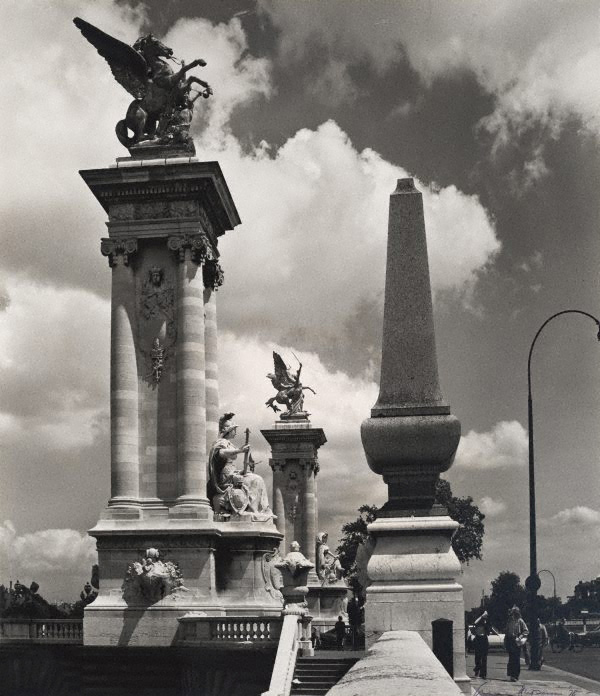
Max Dupain (Born Australia 1911, died 1992)
Untitled (Pont Alexandre III with sculptural balustrade)
1978
From The Paris ‘private’ series
Gelatin silver photograph
Gift of Penelope Seidler AM in honour of Max Dupain AC and Harry Seidler AC 2012. Donated through the Australian Government’s Cultural Gifts Program
© Estate of Max Dupain. Licensed by Viscopy, Sydney

Max Dupain (Born Australia 1911, died 1992)
Untitled (the glass dome of Grand Palais)
1978
From The Paris ‘private’ series
Gelatin silver photograph
Gift of Penelope Seidler AM in honour of Max Dupain AC and Harry Seidler AC 2012. Donated through the Australian Government’s Cultural Gifts Program
© Estate of Max Dupain. Licensed by Viscopy, Sydney

Max Dupain (Born Australia 1911, died 1992)
Untitled (interior staircase and cart wheels)
1978
From The Paris ‘private’ series
Gelatin silver photograph
Gift of Penelope Seidler AM in honour of Max Dupain AC and Harry Seidler AC 2012. Donated through the Australian Government’s Cultural Gifts Program
© Estate of Max Dupain. Licensed by Viscopy, Sydney

Max Dupain (Born Australia 1911, died 1992)
Untitled (cannon with a guard standing in a doorway)
1978
From The Paris ‘private’ series
Gelatin silver photograph
Gift of Penelope Seidler AM in honour of Max Dupain AC and Harry Seidler AC 2012. Donated through the Australian Government’s Cultural Gifts Program
© Estate of Max Dupain. Licensed by Viscopy, Sydney

Max Dupain (Born Australia 1911, died 1992)
Untitled (the statue of Christ at the portal of La Sainte-Chapelle)
1978
From The Paris ‘private’ series
Gelatin silver photograph
Gift of Penelope Seidler AM in honour of Max Dupain AC and Harry Seidler AC 2012. Donated through the Australian Government’s Cultural Gifts Program
© Estate of Max Dupain. Licensed by Viscopy, Sydney

Max Dupain (Born Australia 1911, died 1992)
Untitled (Place Vendôme with the column)
1978
From The Paris ‘private’ series
Gelatin silver photograph
Gift of Penelope Seidler AM in honour of Max Dupain AC and Harry Seidler AC 2012. Donated through the Australian Government’s Cultural Gifts Program
© Estate of Max Dupain. Licensed by Viscopy, Sydney

Max Dupain (Australia 22 Apr 1911 – 27 Jul 1992)
Untitled (tree on Boulevard de la Tour Maubourg, with Hôtel des Invalides in the distance)
1978
From The Paris ‘private’ series
Gelatin silver photograph
35.6 x 30.2cm image
Gift of Penelope Seidler AM in honour of Max Dupain AC and Harry Seidler AC 2012. Donated through the Australian Government’s Cultural Gifts Program
© Estate of Max Dupain. Licensed by Viscopy, Sydney
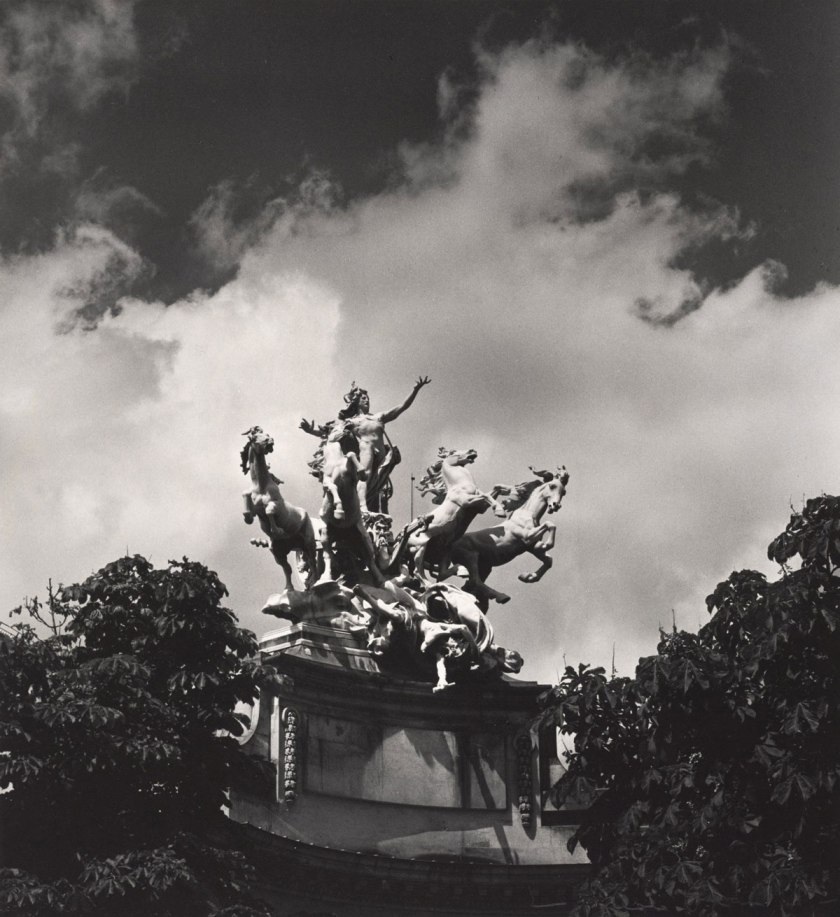
Max Dupain (Born Australia 1911, died 1992)
Untitled (mythological sculptural group at the Grand Palais)
1978
From The Paris ‘private’ series
Gelatin silver photograph
Gift of Penelope Seidler AM in honour of Max Dupain AC and Harry Seidler AC 2012. Donated through the Australian Government’s Cultural Gifts Program
© Estate of Max Dupain. Licensed by Viscopy, Sydney

Max Dupain (Born Australia 1911, died 1992)
Untitled (woman with pram in Jardin des Tuileries)
1978
From The Paris ‘private’ series
Gelatin silver photograph
Gift of Penelope Seidler AM in honour of Max Dupain AC and Harry Seidler AC 2012. Donated through the Australian Government’s Cultural Gifts Program
© Estate of Max Dupain. Licensed by Viscopy, Sydney

Max Dupain (Born Australia 1911, died 1992)
Untitled (group of people near the Eiffel tower)
1978
From The Paris ‘private’ series
Gelatin silver photograph
Gift of Penelope Seidler AM in honour of Max Dupain AC and Harry Seidler AC 2012. Donated through the Australian Government’s Cultural Gifts Program
© Estate of Max Dupain. Licensed by Viscopy, Sydney

Max Dupain (Born Australia 1911, died 1992)
Untitled (Les Invalides)
1978
From The Paris ‘private’ series
Gelatin silver photograph
Gift of Penelope Seidler AM in honour of Max Dupain AC and Harry Seidler AC 2012. Donated through the Australian Government’s Cultural Gifts Program
© Estate of Max Dupain. Licensed by Viscopy, Sydney

Max Dupain (Born Australia 1911, died 1992)
Untitled (Napoleon’s statue on the balcony of Les Invalides)
1978
From The Paris ‘private’ series
Gelatin silver photograph
Gift of Penelope Seidler AM in honour of Max Dupain AC and Harry Seidler AC 2012. Donated through the Australian Government’s Cultural Gifts Program
© Estate of Max Dupain. Licensed by Viscopy, Sydney
An exhibition of 36 photographs – 21 of which were taken in Paris in 1978 by one of Australia’s most well-known photographers, Max Dupain (1911-92) – will go on display at the Art Gallery of New South Wales. Donated to the Gallery by Penelope Seidler in 2012, this will be the first time the Paris ‘private’ series portfolio will have ever been seen publicly. Max Dupain had gifted these works to renowned architect Harry Seidler and in a handwritten note he wrote:
I owe you so much. For nearly twenty five years I have dwelt on your philosophy of architecture. We register alike about clear thinking, logic of application, poetry of form etc etc. [sic] I have tremendous regard for architecture as a stabilising force in this turbulent society and I think my best work will ultimately show the significance of this by virtue of the photographed form thrown up by architecture and by engineering.
.
Dupain made the trip to Paris, his second outside Australia and his first to Europe, to accompany his long-time colleague and friend, Harry Seidler (1923-2006). Dupain’s task was to photograph the Australian Embassy there, which Seidler had designed (completed 1977). The pair were not only friends but shared a deep appreciation for form and light, for the modernist curves in space that can be created both architecturally and photographically.
Dupain explored many monuments around Paris. These impressions of a place he was seeing for the first time reveal his exploration of a new city and its sites, varying from formal compositions of photographic space, such as the image of Napoleon’s statue on the balcony of Les Invalides, to more personal or candid moments, as with the group of people captured beneath the Eiffel Tower. Many photographs depict 18th- and 19th-century landmarks such as the ornate Alexandre III bridge, the Grand Palais and Chantilly; the compilation offers a view of Paris and its environs shaped by layers of history, mythology and art.
Despite the diversity of subject matter across the 21 images, Dupain always maintained his signature poise and rigour, appreciation of the way light interacts with the objects it touches, and attention to the composition of photographic space through a play of scale.
In addition to the Paris ‘private’ series, 15 of Dupain’s photographs of architectural and botanical forms will be on display. Almost all are taken in and around Sydney; some of the flowers are from Dupain’s Castlecrag garden and iconic Sydney buildings such as the Opera House are included. These images cover 50 years of the photographer’s practice from 1933 to 1983, and indicate his enduring appreciation for the order, logic and harmony which lie at the core of classicism, the movement that produced many of the iconic Parisian monuments he saw, and for the modernism which Seidler endorsed through his work.
Press release from the AGNSW website
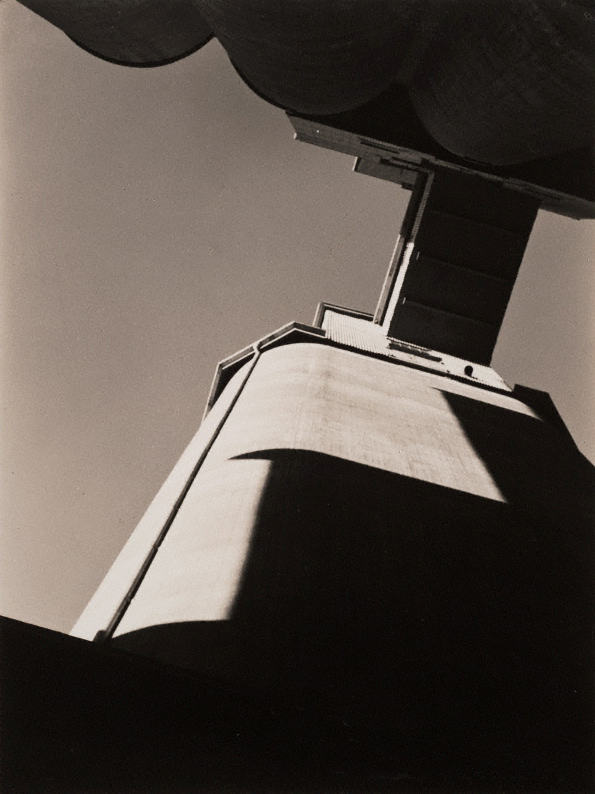
Max Dupain (Born Australia 1911, died 1992)
Pyrmont silos
1933, printed later
Gelatin silver photograph
Purchased 1976
Pyrmont silos is one of a number of photographs that Dupain took of these constructions in the 1930s. In all cases Dupain examined the silos from a modernist perspective, emphasising their monumentality from low viewpoints under a bright cloudless sky. Additionally, his use of strong shadows to emphasise the forms of the silos and the lack of human figures celebrates the built structure as well as providing no sense of scale. Another photograph by Dupain in the AGNSW collection was taken through a car windscreen so that the machinery of transport merges explicitly with industrialisation into a complex hard-edge image of views and mirror reflections. There were no skyscrapers in Sydney until the late 1930s so the silos, Walter Burley Griffin’s incinerators and the Sydney Harbour Bridge were the major points of reference for those interested in depicting modern expressions of engineering and industrial power.
Dupain was the first Australian photographer to embrace modernism. One of his photographs of the silos was roundly criticised when shown to the New South Wales Photographic Society but Dupain forged on regardless with his reading, thinking and experimentation. Some Australian painting and writing had embraced modernist principles in the 1920s, but as late as 1938 Dupain was writing to the Sydney Morning Herald:
“Great art has always been contemporary in spirit. Today we feel the surge of aesthetic exploration along abstract lines, the social economic order impinging itself on art, the repudiation of the ‘truth to nature criterion’ … We sadly need the creative courage of Man Ray, the original thought of Moholy-Nagy, and the dynamic realism of Edouard [sic] Steichen.”1
1. Dupain, M 1938, “Letter to the editor,” in Sydney Morning Herald, 30 March
© Art Gallery of New South Wales Photography Collection Handbook, 2007

Max Dupain (Born Australia 1911, died 1992)
Monstera deliciosa
1970
Gelatin silver photograph
Gift of the artist 1981
© Max Dupain, 1970. Licensed by Viscopy, Sydney
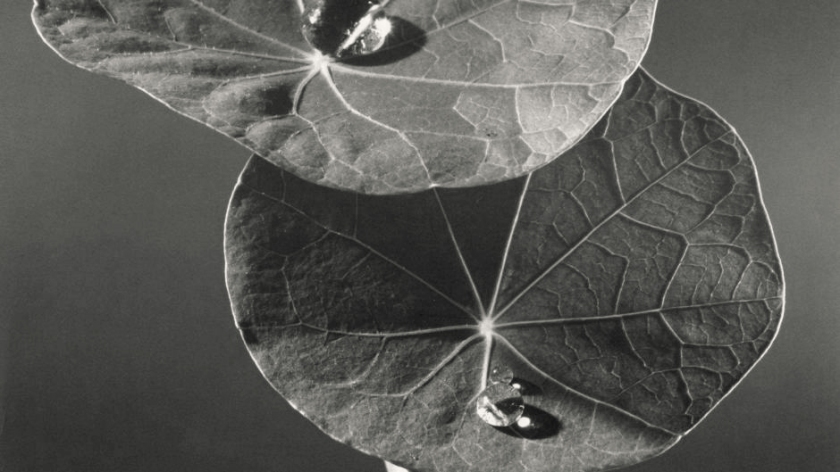
Max Dupain (Born Australia 1911, died 1992)
Nasturtium leaves
1981
Gelatin silver photograph
40 × 50.4cm
Gift of Edron Pty Ltd 1995 through the auspices of Alistair McAlpine
© Estate of Max Dupain, licensed by Viscopy, Sydney

Max Dupain (Born Australia 1911, died 1992)
Australia Square and Calder sculpture, Sydney
1968
Gelatin silver photograph
Gift of the artist 1981
© Estate of Max Dupain, licensed by Viscopy, Sydney

Max Dupain (Born Australia 1911, died 1992)
The magnolia
1983
Gelatin silver photograph
Gift of the artist 1986
© Max Dupain, 1983. Licensed by Viscopy, Sydney

Max Dupain (Born Australia 1911, died 1992)
Stair rail
1975
Gelatin silver photograph
Gift of the artist 1981
© Max Dupain, 1975. Licensed by Viscopy, Sydney
Art Gallery of New South Wales
Art Gallery Road, The Domain
Sydney NSW 2000, Australia
Opening hours:
Open every day 10am – 5pm
except Christmas Day and Good Friday
Art Gallery of New South Wales website
LIKE ART BLART ON FACEBOOK
Back to top


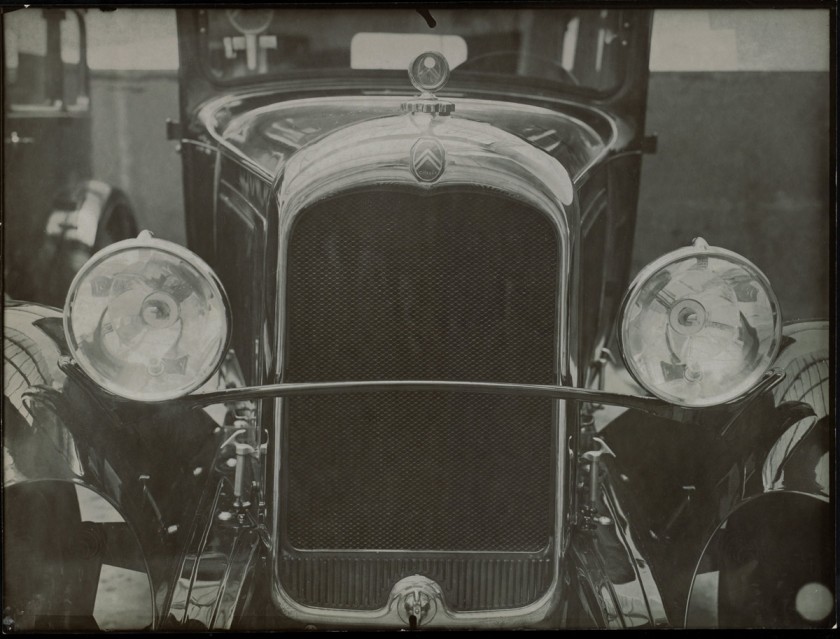
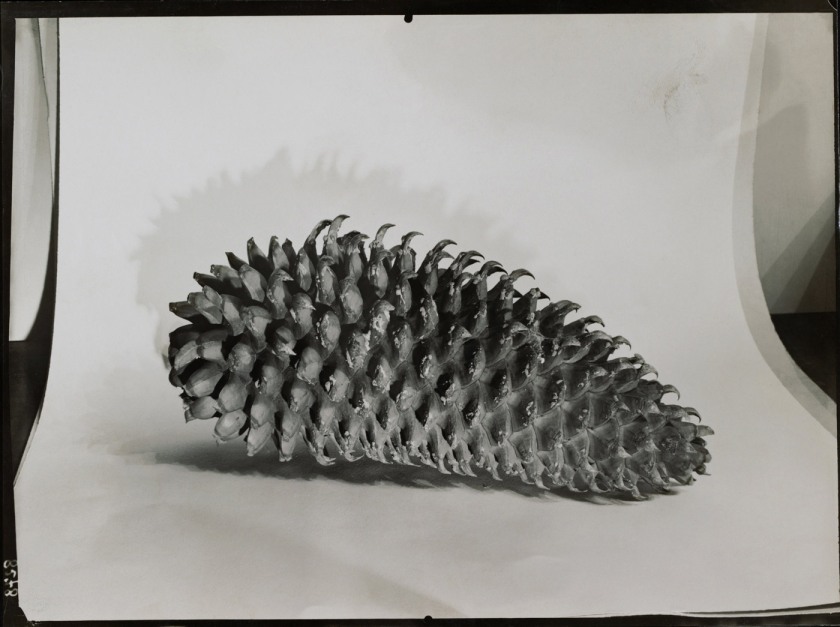



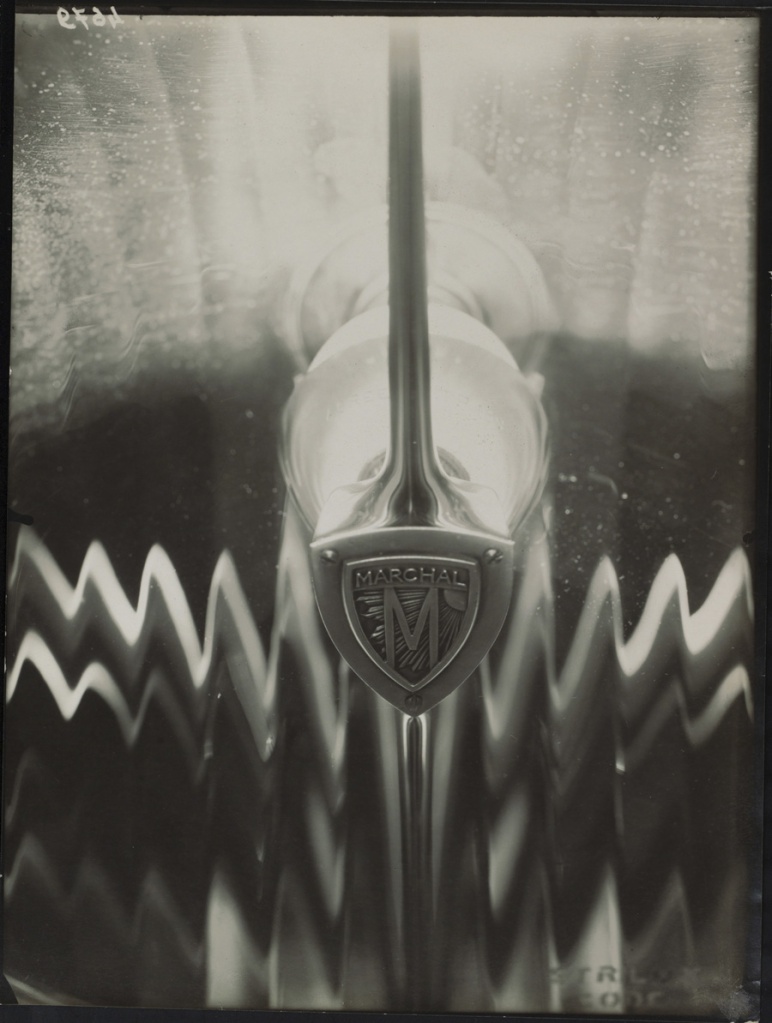



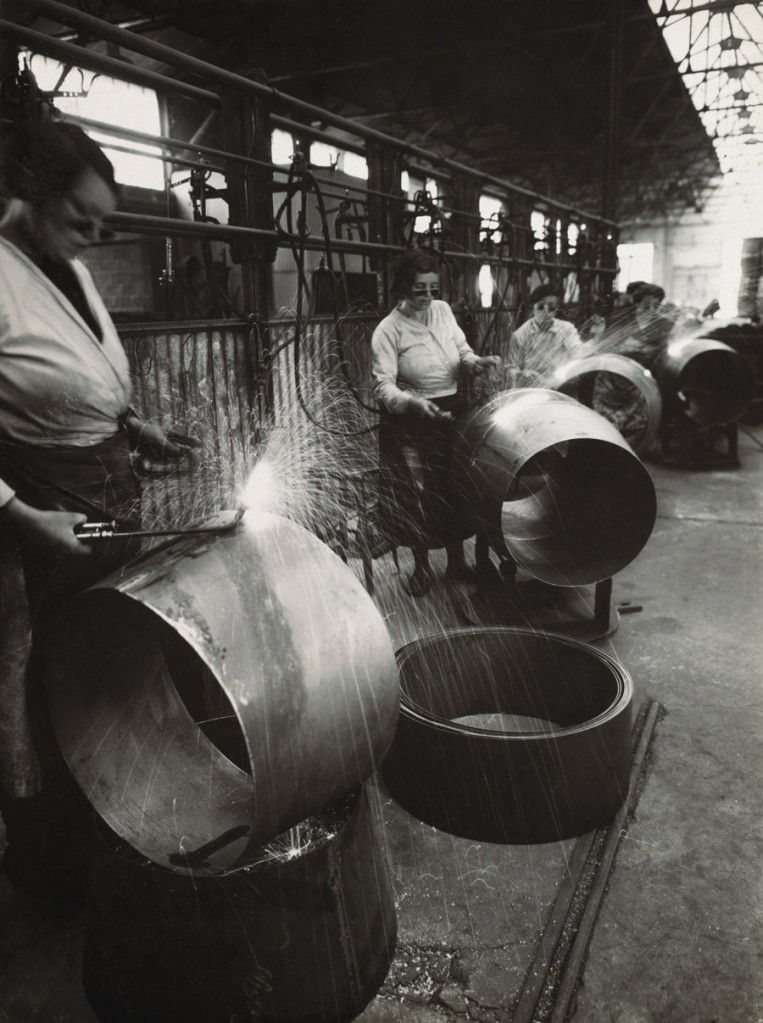

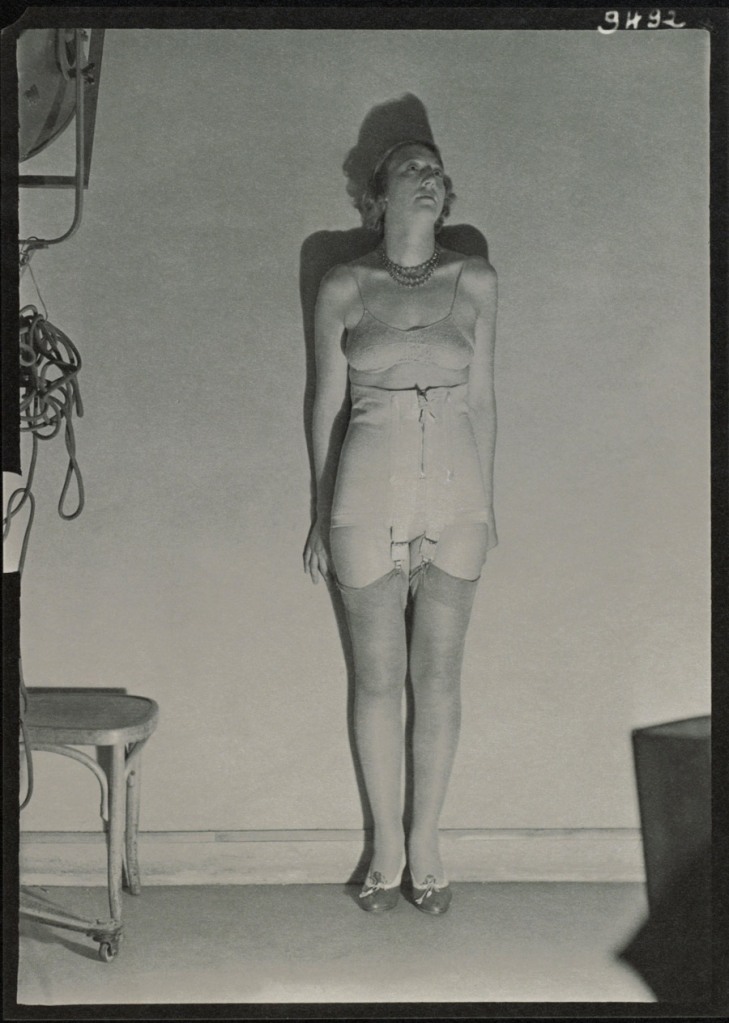


















































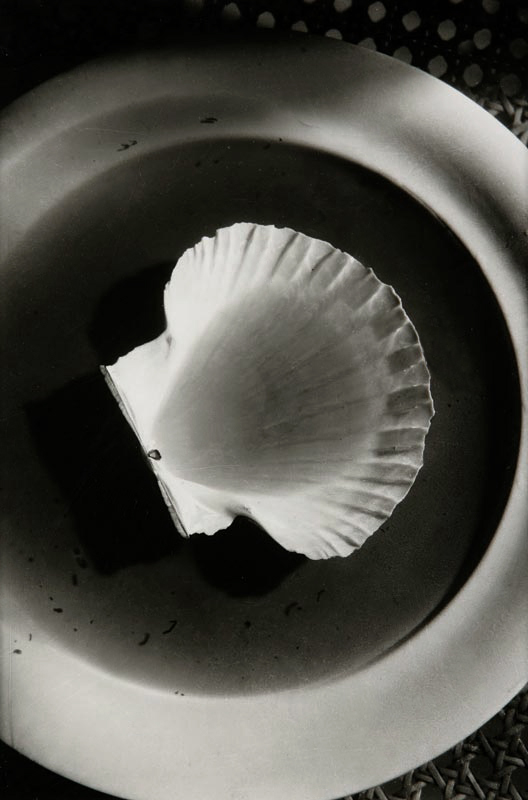

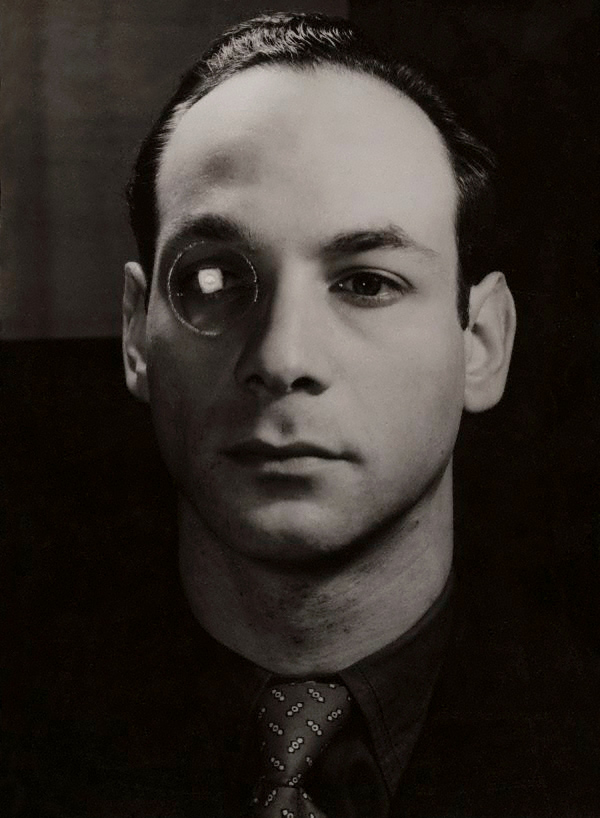
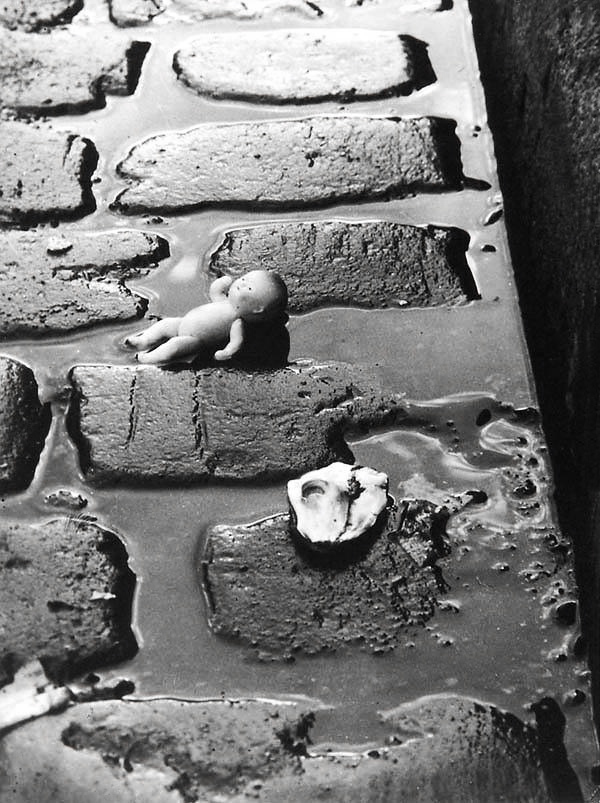


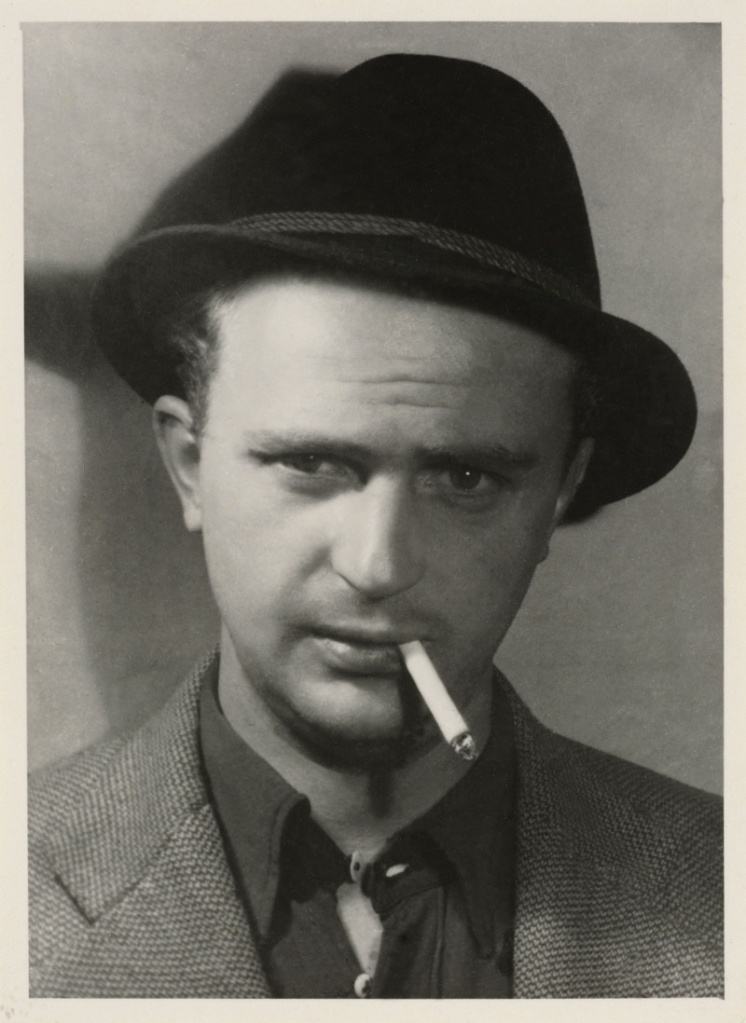


























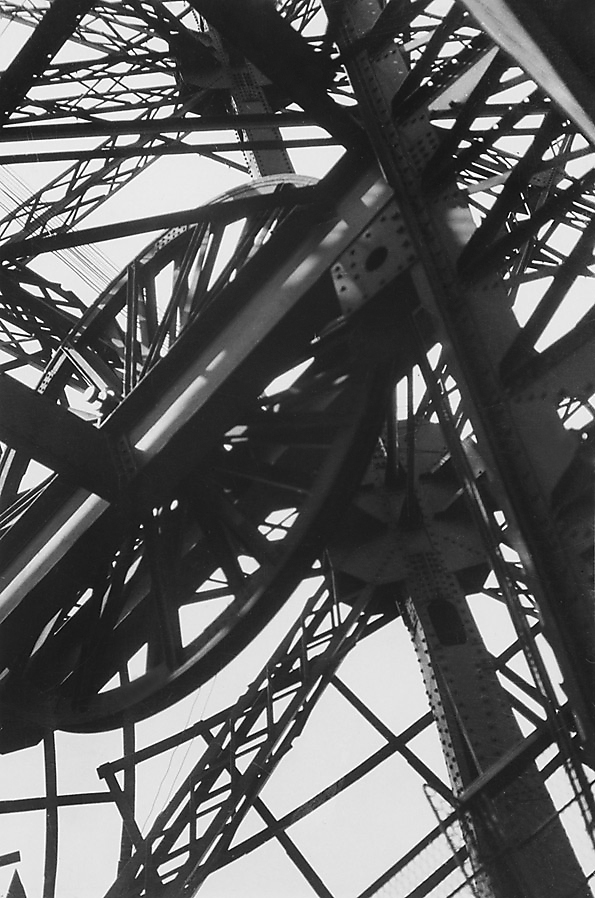







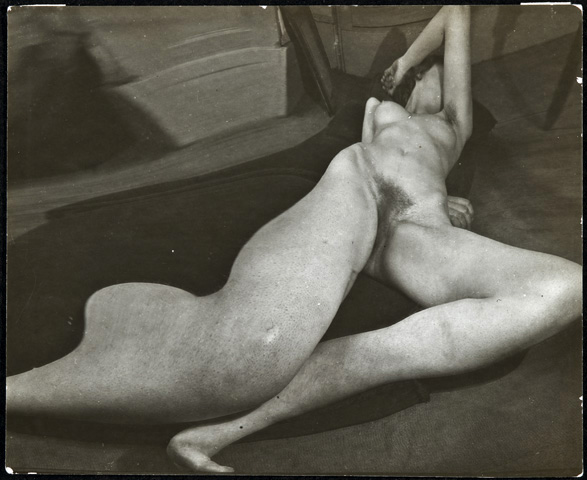

You must be logged in to post a comment.